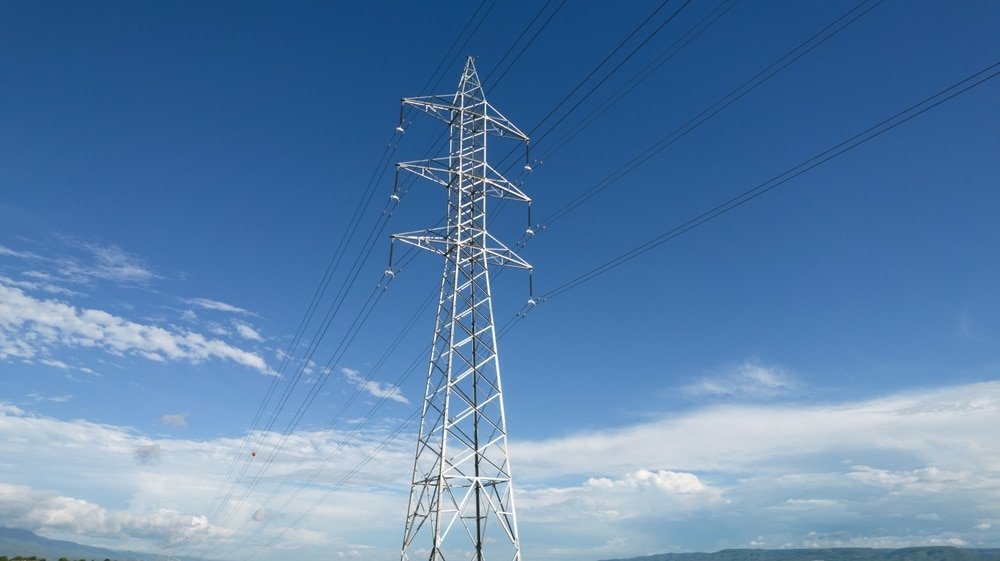The northeast monsoon or amihan season, which usually begins in October, arrived later this year in November. The Philippine Atmospheric, Geophysical, and Astronomical Services Administration (PAGASA) noted, “The northeasterly wind flow is expected to be more dominant in most of the country, bringing cold and dry air,” along with “episodes of wind and cold temperature surges.”
This cooler weather has not only provided relief from the heat and humidity but has also brought reductions in electricity bills. Residential users of Visayan Electric in Cebu can expect lower rates in their December to January billing, with a reduction of ₱0.68 per kilowatt-hour (kWh). This adjustment lowers the rate from November’s ₱12.19/kWh to ₱11.51/kWh, translating to savings of approximately ₱136 for households consuming 200 kWh.
Other parts of the Visayas also reported a drop in electricity prices this December. In Central Negros, Negros Power, the local distribution utility, revealed that residential rates would decrease to ₱11.18 per kWh, down by ₱0.82 compared to the previous month.
In Iloilo City, served by MORE Electric and Power Corporation (MORE Power), the average residential rate also saw a reduction at ₱11.4170 per kWh. This reflects a decrease of ₱0.3922 from the previous billing cycle.
Overall Lowered Prices
Cooler temperatures during the amihan season typically reduce the need for air conditioning and fans, leading to decreased electricity consumption in households and businesses. This drop in demand has driven down electricity prices.
The Independent Electricity Market Operator of the Philippines (IEMOP) reported a decline in system-wide average electricity prices at the Wholesale Electricity Spot Market (WESM) during the first two weeks of December. Preliminary data showed that rates fell to ₱3.99 per kilowatt-hour—a 9.6% decrease from the previous period’s ₱4.42 per kWh.
In the Visayas grid, rates specifically dropped by 8.9%, declining to ₱4.39 per kWh from ₱4.82 per kWh. Meanwhile, power supply in the region increased by 2.3%, reaching 2,449 MW.
IEMOP officials expect the trend of low prices to continue throughout December, supported by sufficient supply and the arrival of the La Niña weather phenomenon.
Visayas’ Need for Reliable Power Supply
While Luzon experienced flat electricity demand and Mindanao saw a decrease, the Visayas recorded a 1.4% increase in demand, reaching 1,998 MW. This growth is partly attributed to the region’s robust economic performance. The Philippine Statistics Authority recently reported that Central Visayas is the fastest-growing regional economy in the country, with a growth rate of 7.3%.
With peak demand reaching 2,469 MW in April 2024, the region’s power grid faces increasing pressure to keep pace with growing energy requirement. Engineer Joey Rey Malleza, head of the Department of Energy’s Industry Management Division in Visayas, noted that a 10% increase in generated power could help stave off blackouts.
This 2025, the country’s power demand is projected to rise even further. Energy Secretary Raphael Lotilla noted that demand in Luzon could increase by 5.4% to 14,769 MW, while the Visayas may see a 16% rise to 3,111 MW, and Mindanao, an 8.2% increase to 2,789 MW. The most significant demand surges are expected in the Visayas and Mindanao, driven by robust economic growth.
As businesses and industries in the Visayas continue to thrive, higher electricity demand is anticipated. Governor Gwendolyn F. Garcia underscored this during her keynote address at The Freeman’s “Powering Cebu” energy forum, stating, “Power is a crucial and non-negotiable ingredient to progress.” She highlighted the indispensable role of reliable energy in driving economic development and improving residents’ quality of life.


